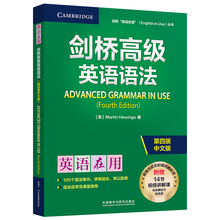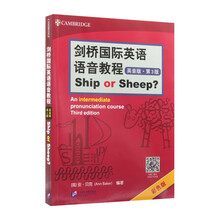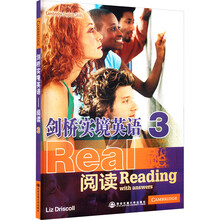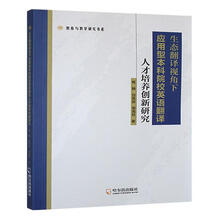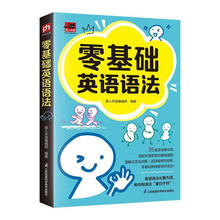Based on the past, recent and the newest studies and findings, this study tried to explore the reasons why the students give birth to anxieties from the perspective of cognitive psychology. From the psychological point of view, this study analyzed and proved the possible origins of the four psychological conditions that can hinder interpreting-fear of public interpreting, others' evaluation, lack of self-confidence and insecurity, feelings of threat (Jimenez & Pinazo,2001). Besides the psychological factors, the limited memory capacity and very short memory time plus the difficulties of SL contribute to interpreting anxieties, this the scrutiny of interpreting anxieties like HA, MA and LA classified by IAS is necessary. Among the classification of anxieties there is also a distinguished character which is quite different from other studies.
In IA Mode some concepts like HA, MA and LA as the creative terms were also pointed out and were proven by students in their performance of ITts. The experiments showed that HA and LA are the obstacles to interpreting, whereas MA, can promote their interpreting.
IA Mode as a creative model is also a new research orientation of multidisciplinary study including interpretation and cognitive psychology because there has been few such studies in China till now, which will remedy a defect of China's theoretically and multidisciplinary interpretation studies.
8.1.2 AA and LA Findings through Empirical Studies
8.1.2. 1 AA and Its Findings through Empirical Studies
1)As 3.4.1 mentioned, the sources of students' AA like different auditory characteristics of sounds, being short of large vocabulary, passive listening, attention distraction, poor LC ability, heavy information, a very short time in interpretation and so on were proved in section 5. 3. 1 by way of exemplifying, interviewing, surveying, questionnaires and so on. The complicated sources of AA caused by auditory perception process have verified.
2) The way to classify AA Mode is in terms of Cassady and Johnson's (2002) studies, Chen and Tang's (2009) is through survey researches among other methods. In AA Mode, AA can be divided in to HA, MA and LA. This is also an initial theory of AA Mode on the basis of test anxiety where evidence has been found using experimental researches of this study. In the experiments, HA, MA and LA in IA Mode are classified in terms of the scores that the subjects gained by finishing the questionnaire with 28 items designed by this study in light of Cassady and Johnson's (2002) findings. The final form of the AAS containing 28 items different from Cassady and Johnson's (2002) Cognitive Test Anxiety Scale with 27 items is proved to be of higher reliability with a Cronbach alpha of 0.91, and 28 items remained in the final form of the AAS.
3) The severity of AA lies in students' HA and LA that can not only interfere with listening, but also the whole process of interpretation, more severely, causing some students to temporarily hear nothing. The severest examples are in students' statements such as "During a course of listening in interpretation examinations, I get so nervous that I forget facts I really know" and "My mind goes blank when I hear nothing in an ITt" this seriously affectes students' auditory perception.
……
展开

